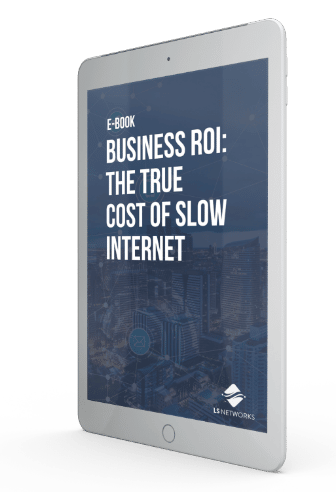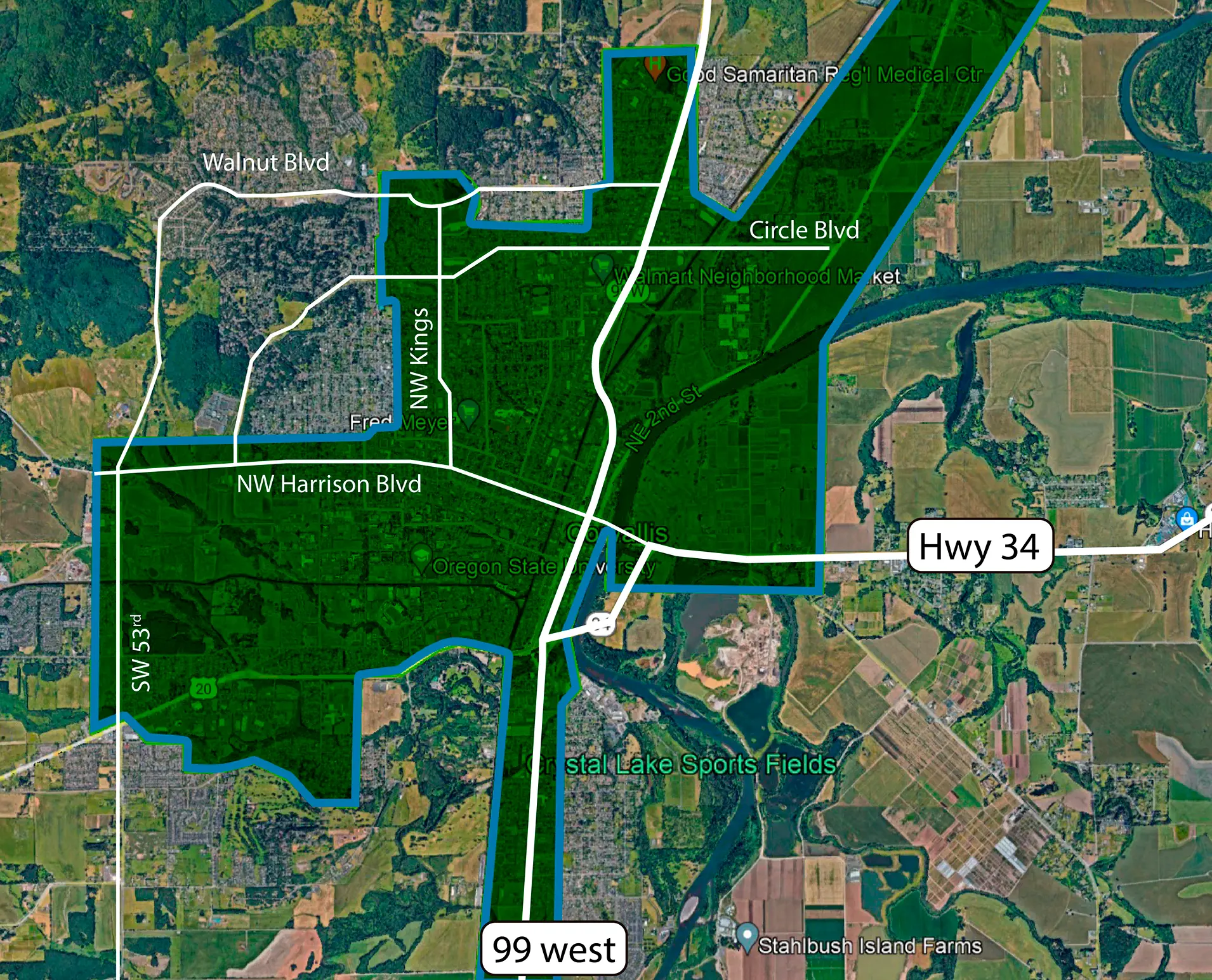Fiber Optic vs. Copper: What Should You Choose for Your Business
A high-speed business internet connection is essential for running an organization. Whether you want to communicate with employees or customers, you need reliable internet access to maintain business resilience.
Slow and unstable internet connections could cause significant financial losses, as well as affect employee productivity and the customer experience. That’s why business owners are always on the lookout for internet connectivity options that offer high bandwidth and speed.
Your search for a high-speed business internet connection could lead you to the “fiber optic vs. copper” debate. In this blog, we’ll delve deeper into both technologies to help you understand which among them is the best for your business.
History of Copper Cable Internet
Copper internet cables set the tone for its successor. The history of copper-based connectivity dates back to the late 1980s and early 1990s when several telecommunications companies began deploying digital subscriber lines over existing copper telephone lines. DSL technology allowed high-speed internet access without the need for additional infrastructure.
By using different frequencies, DSL enabled simultaneous voice and data transmission, allowing users to access the internet while making phone calls.
In 1998, Asymmetric Digital Subscriber Line technology was introduced, which offered faster download speeds than upload speeds, making it more suitable for residential users. ADSL allowed users to have “always-on” internet access, meaning they could be connected to the internet without the need to dial a connection each time.
Further advancements in DSL technology led to the introduction of Very High Bitrate Digital Subscriber Line in the early 2000s, which provided even higher speeds by optimizing the transmission frequencies used. VDSL was primarily used for internet access over shorter distances, such as within a neighborhood or building.
Over time, copper cable internet underwent continuous improvements, enabling faster speeds and better reliability. However, copper-based technologies have their limitations due to the physical properties of the copper cables. The maximum attainable speeds over copper cables gradually reached their limits, leading to the need for alternative technologies, such as fiber-optic cables.
While copper cable internet played a significant role in expanding internet access to households worldwide, it is gradually being replaced by fiber-optic and other advanced technologies that offer even higher speeds and better performance.
What Caused the Fiber Optic Boom?
With the growth of the internet in the late 1980s and early 1990s, demand for high-speed and reliable data transmission increased. Fiber optic cables offered more bandwidth than copper cables, leading to efforts to expand their use for internet connections.
Also, as technology advanced, the cost of manufacturing and installation of fiber optic cables decreased, making it more viable for commercial use. Telecommunications companies started laying fiber optic networks to connect multiple regions, cities, and eventually homes and businesses.
The early 2000s saw a significant expansion of fiber optic infrastructure, particularly in urban areas and developed countries. This expansion allowed internet service providers to keep up with demand for faster internet speeds and more reliable connections.
In recent years, fiber optic internet has become more widespread, and many ISPs now offer fiber optic connections to consumers. Fiber is also a more readily scalable option, and many consider it to be the most advanced and future-focused connectivity option available.
Fiber Optic vs. Copper: A Closer Look
A comparison of fiber and copper cable internet requires understanding how each technology transmits data — and how that affects bandwidth.
Copper
Copper is a highly malleable and durable metal used to manufacture cables that provide internet connectivity. Typically, copper cables measure at least two millimeters in diameter. Imagine the sharpened tip of a pencil, and that’s about the same size as a copper cable.
When it comes to internet connectivity, these cables transmit data in the form of electrical signals. On average, a copper-based internet connection provides speeds of up to 300 Mbps. Theoretically, copper cables can offer speeds of up to 10 Gbps.
In terms of cost, copper cable may incur “soft costs” tied directly to internet downtime. Follow this simple calculation to see how much money you could be losing when your internet goes out:
Average hourly employee pay x Number of employees x Average downtime a day = Cost of cable downtime a day
For example, let’s say the average employee pay is $30/day and your slow cable internet causes your team 30 minutes of downtime a day. Now, let’s say you have 15 employees. That means your slow internet is costing you a minimum of $450/day!
Fiber Optic
Fiber optic cables comprise thin, flexible strands of glass that measure a few microns in diameter. The inner glass core has a diameter ranging between 5 and 100 microns. These cables also have a protective silicone outer layer called cladding.
Unlike copper cables, fiber optic cables transmit data in the form of light. The light signals undergo total internal reflection as they pass through the cable. Typical fiber optic internet speeds are north of 10 Gbps. Theoretically, even higher speeds (in the range of Tbps) are possible.
Fiber Optic vs. Copper: Which Is Faster?
Considering that light travels faster than electrical signals, fiber optic cables offer both higher speeds and bandwidth. While fiber optic internet involves a significant upfront investment, the high bandwidth and low latency justify the cost.
Also, when data signals travel over a distance, they lose strength due to attenuation. However, the loss of signal strength is minimal in fiber optic cables. That makes them better suited for long-distance transmission of data.
Moreover, data transmitted through copper cables is vulnerable to electromagnetic interference from signals in adjacent cables. This, in turn, takes a toll on signal strength and speed. It can also result in cross-talk, thus posing security threats.
On the other hand, the use of glass in fiber optic cables insulates the light signals. This glass insulation protects the data from interference and cross-talk. It further enhances the speed and reliability of fiber optic internet.
Make the Right Choice for Your Business
The use of light signals and total internal reflection lets fiber optic cables offer internet connectivity at lightning-fast speeds. These cables can also transmit data over long distances without causing attenuation or electromagnetic interference. This answers the question of fiber optic vs. copper: investing in fiber optic internet is a wise option for modern businesses.
Looking to upgrade your business internet connection? Get in touch with us to understand whether fiber optic internet is the right fit for your needs. LS Networks provides select fiber optic internet packages with speeds up to 100 Gbps. We also provide configurable IP solutions and on-call network management.








